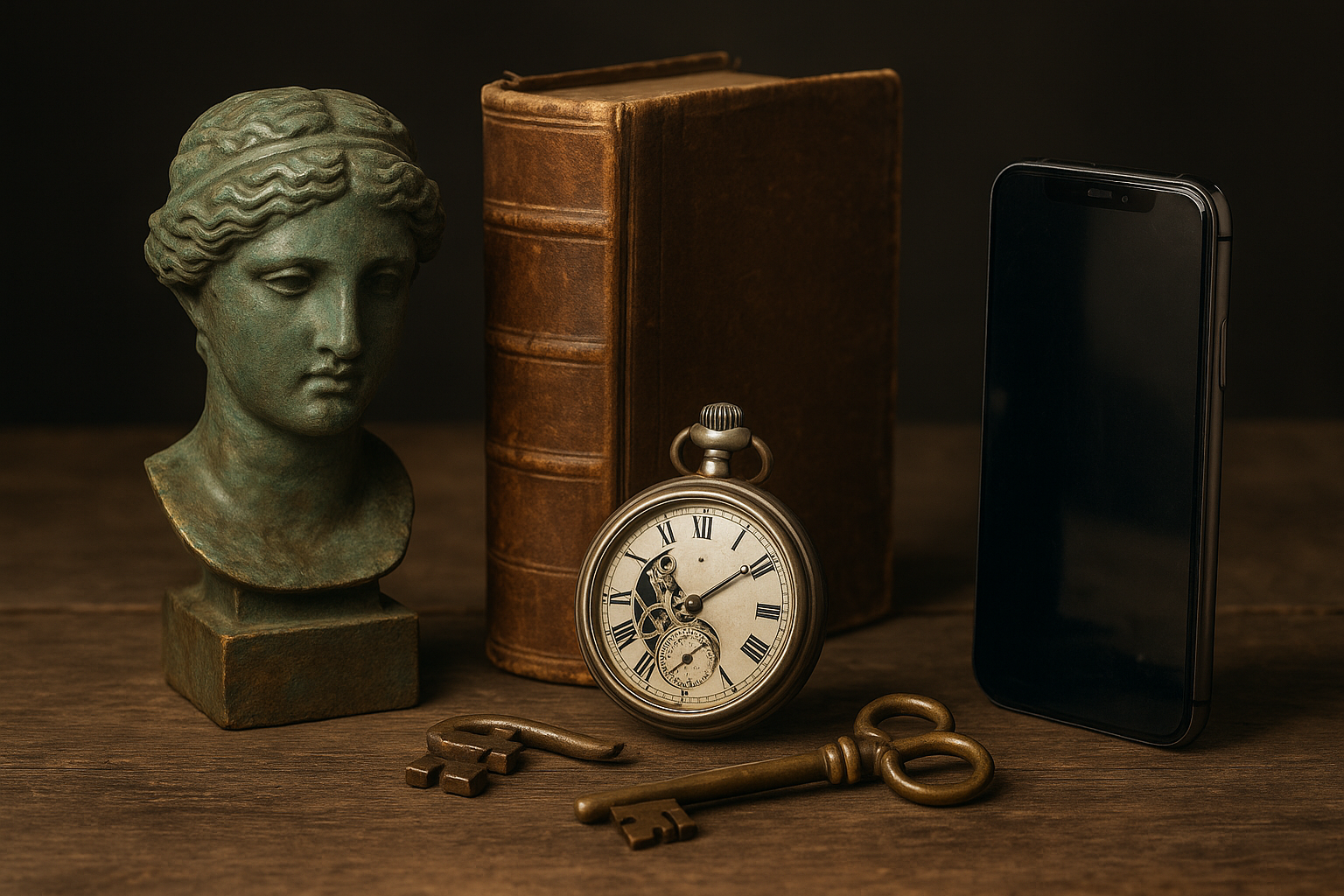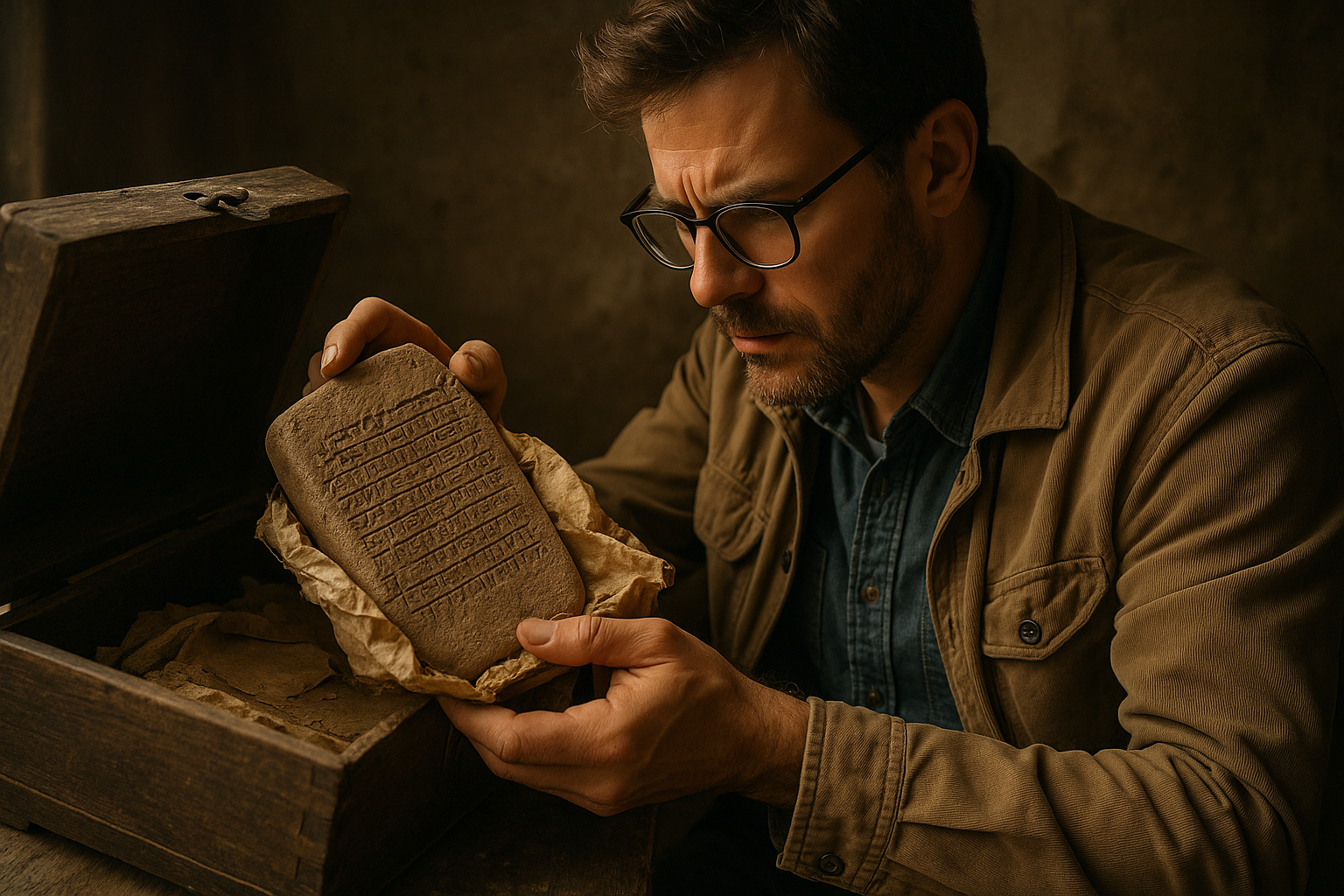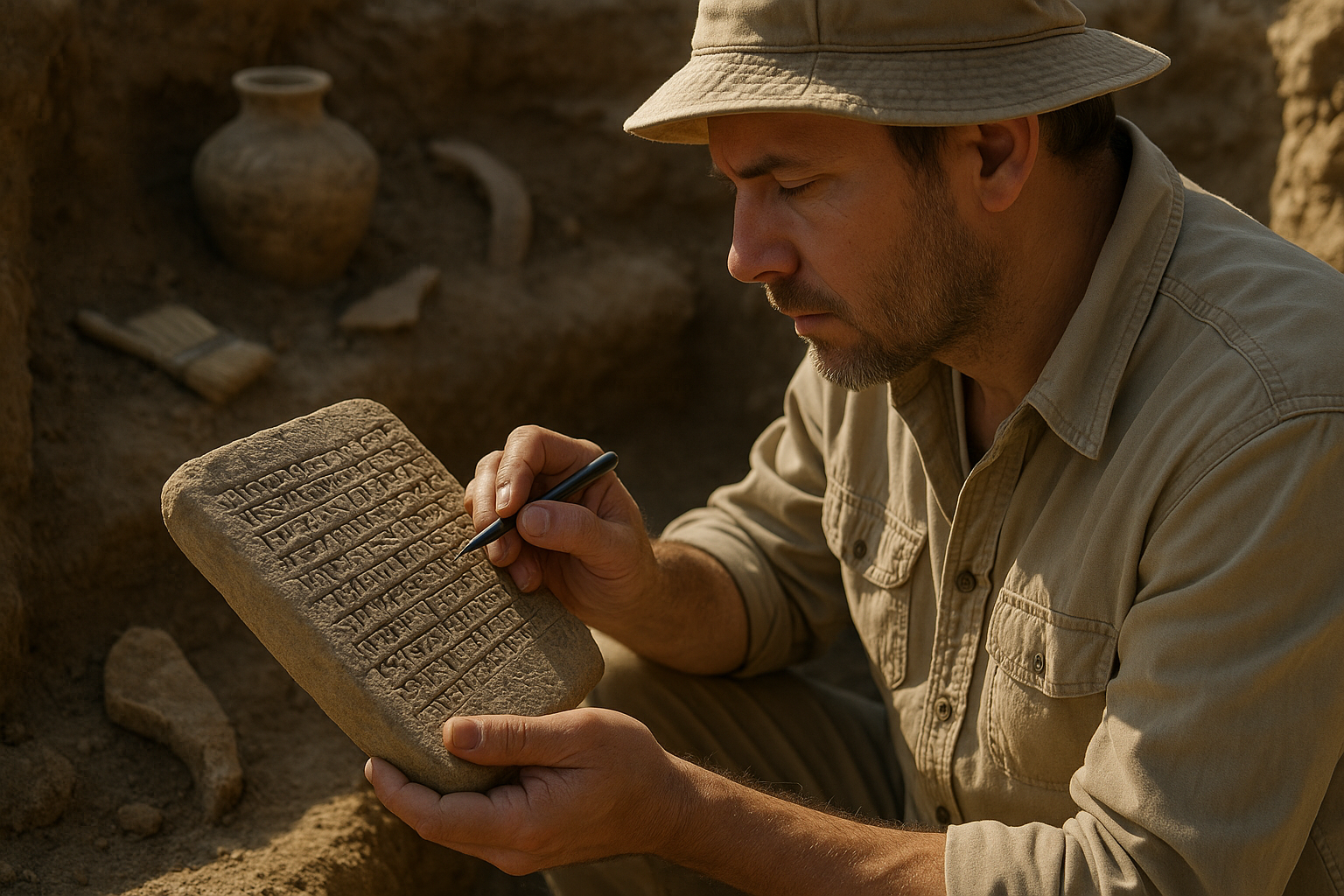Community rituals have shaped human societies for millennia, creating shared meaning through collective remembrance. Today, these ancient practices remain vital bridges between past and present, honoring memories while strengthening social bonds.
🕯️ The Timeless Nature of Collective Memory
Throughout history, communities have gathered to mark significant moments, celebrate achievements, and commemorate losses. These gatherings serve purposes far beyond simple remembrance—they weave the fabric of shared identity and collective experience. When we participate in community rituals, we’re not merely observers of tradition; we become active participants in a living narrative that connects generations.
The power of these rituals lies in their ability to transform individual grief, joy, or reflection into something larger than ourselves. A single memory, when honored communally, gains depth and resonance. It becomes part of the collective consciousness, preserved not just in one mind but in the hearts of many who witnessed and participated in its commemoration.
Sacred Spaces and Shared Experiences
Every culture develops its own unique approaches to honoring memories through community engagement. From memorial services to annual commemorations, these gatherings create sacred temporal spaces where normal life pauses, allowing reflection and connection to take center stage.
Physical locations also play crucial roles in these rituals. Community centers, places of worship, public memorials, and even natural settings become sanctified through repeated use for remembrance. These spaces accumulate layers of meaning over time, becoming repositories of collective memory themselves.
The Architecture of Remembrance
The environments we choose for memorial rituals significantly impact the experience. Whether it’s a dedicated memorial garden, a historic building, or a simple gathering space, the physical context shapes how we process and share memories. Natural settings often provide comfort through their timeless presence, while human-made structures can offer symbolic representations of permanence and honor.
Modern communities increasingly recognize the importance of creating dedicated spaces for commemoration. Memorial walls, reflection gardens, and community centers designed with ritual observance in mind provide frameworks that support the emotional and spiritual work of remembrance.
🌸 Ritual Elements That Connect Us
Certain elements appear across cultures when communities gather to honor memories. These universal components speak to fundamental human needs for structure, symbolism, and shared expression during significant moments.
- Gathering and assembly: The physical act of coming together signals importance and shared purpose
- Symbolic objects: Candles, flowers, photographs, or meaningful items create focal points for reflection
- Spoken remembrance: Sharing stories and memories gives voice to what might otherwise remain unspoken
- Ritual actions: Lighting candles, laying flowers, or other repeated gestures provide participatory structure
- Music and sound: Songs, chants, or moments of silence create emotional resonance
- Communal witnessing: Being present together validates individual experiences within collective context
The Psychology Behind Collective Commemoration
Modern psychology confirms what traditional cultures have always known: shared rituals serve essential psychological and social functions. When communities engage in collective remembrance, they activate powerful mechanisms for processing loss, celebrating life, and maintaining social cohesion.
Research demonstrates that participation in community rituals can significantly reduce feelings of isolation during grief. The presence of others who acknowledge and validate our experiences provides comfort that solitary mourning cannot match. This communal support doesn’t minimize individual experience; rather, it provides a container strong enough to hold intense emotions safely.
Building Resilience Through Shared Practice
Regular community rituals also build resilience within social groups. When communities consistently gather to mark important occasions, they strengthen the networks that support individual members during difficult times. These practices create templates for responding to loss and change, providing familiar structures during periods of uncertainty.
The predictability of ritual offers stability when life feels chaotic. Knowing that the community will gather, that certain words will be spoken, and that specific actions will be performed creates anchors in emotional storms. This reliability becomes especially important during times of collective trauma or widespread loss.
📿 Adapting Ancient Practices for Modern Communities
While honoring tradition remains important, contemporary communities often need to adapt historical practices to fit modern contexts. This evolution doesn’t diminish the power of ritual; instead, it demonstrates the living nature of tradition and its ability to remain relevant across changing circumstances.
Many communities now blend traditional elements with contemporary sensibilities. Digital technology, for instance, allows distant family members to participate in memorial services virtually. While some purists might object, these adaptations extend the reach of community, allowing more people to engage in collective remembrance despite geographic separation.
Creating New Traditions That Honor Memory
Communities also develop entirely new rituals that respond to contemporary needs while maintaining the essential elements that make collective commemoration powerful. Annual remembrance walks, community art projects that incorporate memories of those lost, and digital memorial spaces all represent innovations in how we honor the past together.
The key to successful modern rituals lies in maintaining core principles: bringing people together, creating space for shared emotion, providing structure for expression, and marking memory as something worthy of collective attention. When these elements are present, new rituals can achieve the same depth and meaning as ancient practices.
The Role of Ritual Leaders and Community Organizers
Effective community rituals rarely happen spontaneously. They require thoughtful planning, sensitive leadership, and careful attention to the needs of participants. Ritual leaders—whether religious officials, community organizers, or informal facilitators—play crucial roles in creating experiences that truly serve their communities.
These leaders must balance structure with flexibility, tradition with inclusion, and solemnity with warmth. The best ritual facilitators understand that their role isn’t to impose meaning but to create containers within which participants can discover and express their own connections to memory and community.
🌿 Seasonal Rhythms and Annual Observances
Many cultures align memorial practices with seasonal cycles, recognizing the deep connections between natural rhythms and human experience. Annual commemorations tied to specific dates create reliable opportunities for communities to gather and remember together.
These regular observances serve multiple functions. They ensure that important memories aren’t forgotten, provide anticipated opportunities for expression and connection, and mark the passage of time in meaningful ways. Communities develop rich traditions around these annual gatherings, with each repetition adding layers of meaning and connection.
Personal and Collective Calendars of Memory
Beyond widely observed occasions, communities often develop their own unique calendars of remembrance. These might include anniversaries of significant local events, memorials for community members who have passed, or celebrations honoring collective achievements. These locally-specific observances strengthen community identity and create shared reference points that bind members together.
| Type of Observance | Community Function | Emotional Impact |
|---|---|---|
| Annual Memorial Services | Regular gathering point | Anticipated outlet for grief and remembrance |
| Spontaneous Vigils | Immediate response to loss | Provides immediate community support |
| Seasonal Commemorations | Aligns memory with natural cycles | Connects personal loss to larger patterns |
| Milestone Anniversaries | Marks passage of time | Acknowledges continuing impact of loss |
Intergenerational Transmission of Ritual Knowledge
One of the most vital functions of community rituals is their role in passing knowledge and values between generations. When children and young people participate in collective commemoration, they learn not just specific practices but deeper lessons about community responsibility, emotional expression, and the importance of honoring those who came before.
This transmission happens through observation and participation rather than explicit instruction. Young community members absorb the importance of gathering together, the appropriate ways to express respect and grief, and the comfort that comes from shared ritual. These lessons shape how they’ll approach loss and remembrance throughout their lives.
💫 The Healing Power of Collective Presence
Perhaps the most profound aspect of community rituals lies in their healing capacity. When we gather with others who acknowledge our loss and share our commitment to remembrance, we experience a form of healing unavailable through solitary mourning.
This healing doesn’t erase pain or “fix” grief. Instead, it transforms isolation into connection, making overwhelming emotions bearable through shared witness. The simple presence of others who care enough to show up communicates value and support more effectively than words ever could.
From Individual Grief to Collective Strength
Community rituals also help transform personal loss into collective strength. When communities honor memories together, they acknowledge that losses affect not just individuals but entire social networks. This recognition validates the broader impact of loss while mobilizing community resources to support those most directly affected.
Over time, repeated participation in communal remembrance builds a community’s capacity to respond to future losses. Members develop confidence in their ability to support one another, and the rituals themselves become reliable tools for navigating difficult times together.
Inclusion and Accessibility in Ritual Practice
For community rituals to truly serve their purpose, they must be accessible and inclusive. This means considering physical accessibility for people with disabilities, creating space for diverse cultural expressions of grief and remembrance, and ensuring that economic barriers don’t prevent participation.
Modern communities increasingly recognize that one-size-fits-all approaches to ritual may inadvertently exclude some members. Thoughtful ritual design considers diverse needs and creates multiple entry points for participation, ensuring that everyone who wishes to engage can do so meaningfully.
🕊️ Moving Forward While Looking Back
The ultimate purpose of community rituals around memory isn’t to keep us locked in the past but to honor what came before while supporting continued growth and life. Effective memorial practices acknowledge loss and celebrate what was, while simultaneously affirming the ongoing lives of those who remain.
This dual focus—honoring the past while embracing the future—represents one of ritual’s most important functions. By creating structured opportunities to remember and mourn, communities free their members to fully engage with present life without guilt or the sense that moving forward means forgetting.

Sustaining Ritual Practice in Changing Times
As communities evolve, maintaining meaningful ritual practices requires ongoing attention and adaptation. The communities that successfully preserve the power of collective commemoration are those that remain flexible while holding firm to core principles: gathering matters, memory deserves honor, and we need each other during times of loss and transition.
Whether through ancient practices preserved across centuries or newly-developed rituals that respond to contemporary needs, communities that embrace the power of collective remembrance create bonds that sustain and strengthen their members. These practices remind us that we’re part of something larger than ourselves—a continuous human story of love, loss, memory, and hope.
The simple act of gathering together to honor memories transforms individual experience into collective wisdom, personal grief into shared strength, and isolated pain into communal healing. In these moments of connection, we discover that tradition isn’t about clinging to the past but about carrying forward the best of what came before, ensuring that memory serves life and community across generations.
Toni Santos is a temporal researcher and symbolic archaeologist specializing in the study of forgotten burial systems, sacred archival practices, and the visual languages embedded in ancient temporal lore. Through an interdisciplinary and artifact-focused lens, Toni investigates how humanity has encoded knowledge, memory, and mystery into the temporal world — across cultures, rituals, and vanished civilizations. His work is grounded in a fascination with time capsules not only as vessels, but as carriers of hidden meaning. From extinct burial ritual practices to mythical codices and secret temporal seals, Toni uncovers the visual and symbolic tools through which cultures preserved their relationship with the temporal unknown. With a background in design semiotics and temporal artifact history, Toni blends visual analysis with archival research to reveal how time capsules were used to shape identity, transmit memory, and encode sacred knowledge. As the creative mind behind eltonxy, Toni curates illustrated chronologies, speculative temporal studies, and symbolic interpretations that revive the deep cultural ties between artifacts, ritual markings, and forgotten messages. His work is a tribute to: The lost temporal wisdom of Forgotten Time Capsule Burial Rituals The guarded archives of Sacred Codices and Forgotten Temporal Archives The mythopoetic presence of Temporal Symbols and Ritual Markings The layered visual language of Vanished Artifacts and Temporal Messages Whether you're a temporal historian, symbolic researcher, or curious gatherer of forgotten chronological wisdom, Toni invites you to explore the hidden roots of time capsule knowledge — one seal, one glyph, one message at a time.




